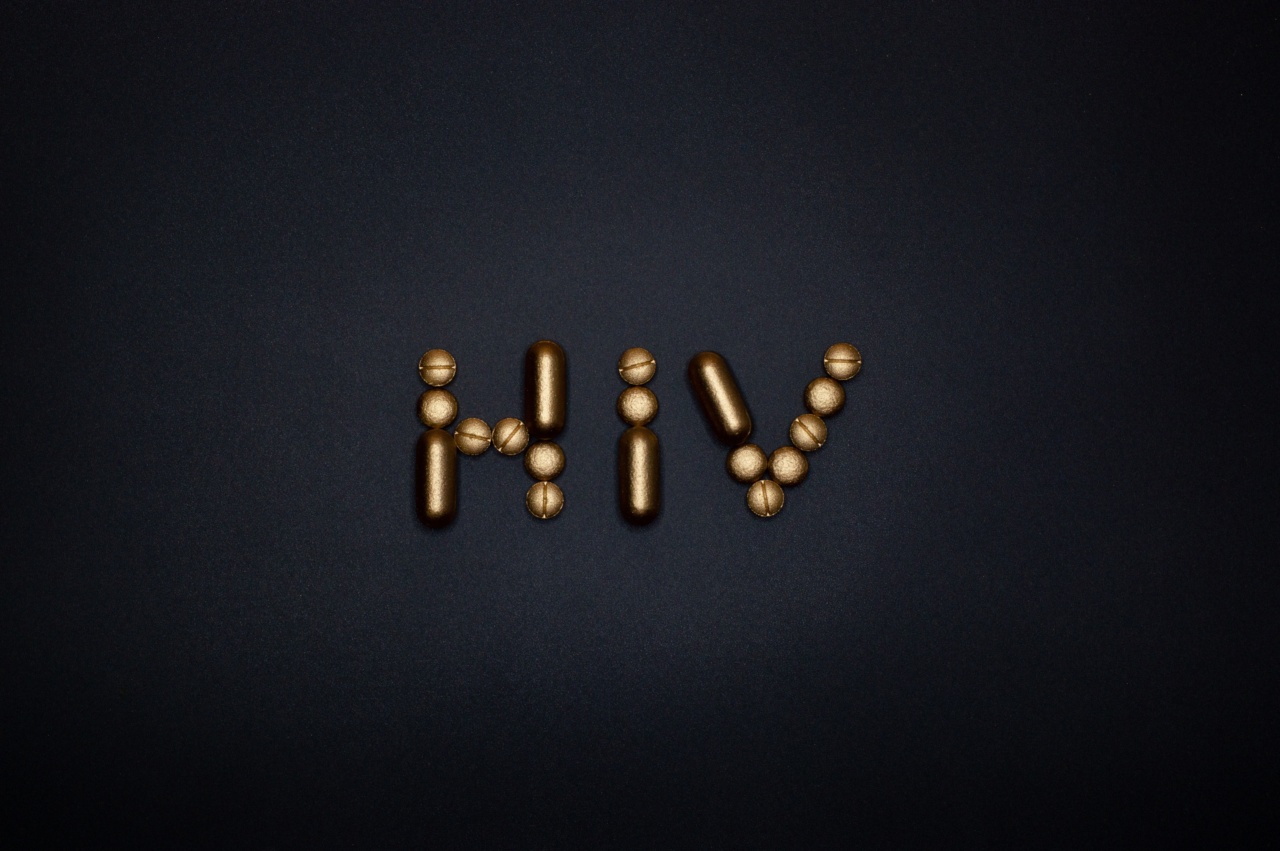HIV, the virus that causes AIDS, has been a global health crisis for decades. The virus attacks the immune system, making it difficult for the body to fight off infections and diseases.
However, recent developments in medical research have shown promising results, with the discovery of a groundbreaking drug that puts HIV in a 4-month slumber.
The Challenges of HIV Treatment
Before delving into the new drug, it’s important to understand the challenges of HIV treatment. While there is no cure for HIV, antiretroviral therapy (ART) has been successful in managing the virus and reducing the risk of transmission.
However, ART requires strict adherence, with patients having to take multiple pills every day for the rest of their lives. This can be a significant burden, leading to medication fatigue, side effects, and ultimately, a decrease in medication adherence.
Additionally, HIV can hide in reservoirs within the body, known as latent reservoirs. These reservoirs are not affected by ART, making it difficult to completely eradicate the virus.
This means that even with consistent medication adherence, HIV can rebound once ART is stopped.
The New Breakthrough: A Reservoir-Targeting Drug
A team of researchers from leading medical institutions recently made a groundbreaking discovery. They developed a new drug that specifically targets these latent reservoirs, effectively placing HIV in a 4-month slumber.
The drug works by activating the dormant HIV within the reservoirs, making it vulnerable to the body’s immune system and antiretroviral drugs.
How the Drug Works
The drug, named ReservoSlumber, is administered through a monthly injection. It contains a unique combination of compounds that selectively activate the dormant HIV within the latent reservoirs.
Once activated, the immune system recognizes the virus and attacks it while the antiretroviral drugs further suppress viral replication.
ReservoSlumber has been tested in clinical trials with promising results. Participants who received the drug experienced a significant reduction in viral reservoirs and HIV RNA levels.
Moreover, the drug was found to be safe and well-tolerated, with minimal side effects reported.
The Potential Impact
The development of ReservoSlumber has the potential to revolutionize HIV treatment. By targeting the latent reservoirs, the drug offers the possibility of significantly reducing the viral load and decreasing the frequency of ART administration.
This would greatly relieve the burden on HIV patients and potentially improve medication adherence.
Furthermore, the drug’s long-lasting effects provide a new avenue for HIV management. With a 4-month “slumber,” patients could have extended periods without needing to take daily medication.
This not only improves quality of life but has potential implications for communities with limited access to healthcare, where regular medication supply may be challenging.
Challenges and Future Directions
While the breakthrough shows great promise, there are still challenges and areas that require further research. The long-term effects of ReservoSlumber need to be studied, as well as its efficacy in different populations and co-infections.
Additionally, the drug’s accessibility and affordability need to be considered to ensure widespread availability.
Furthermore, it’s important to note that ReservoSlumber is not a cure for HIV. It targets the latent reservoirs and keeps the virus in check, but it does not completely eliminate it from the body.
Therefore, additional research into combining ReservoSlumber with other therapeutic approaches, such as gene editing or immunotherapy, may be necessary to achieve a functional cure.
Conclusion
The development of ReservoSlumber marks a significant milestone in HIV research and treatment.
By specifically targeting the latent reservoirs, this groundbreaking drug offers the potential for extended periods without the need for daily medication, reducing the burden on patients and improving their quality of life. While challenges and further research lie ahead, the discovery brings hope and renewed optimism for a future where HIV can be effectively managed and potentially even cured.

























